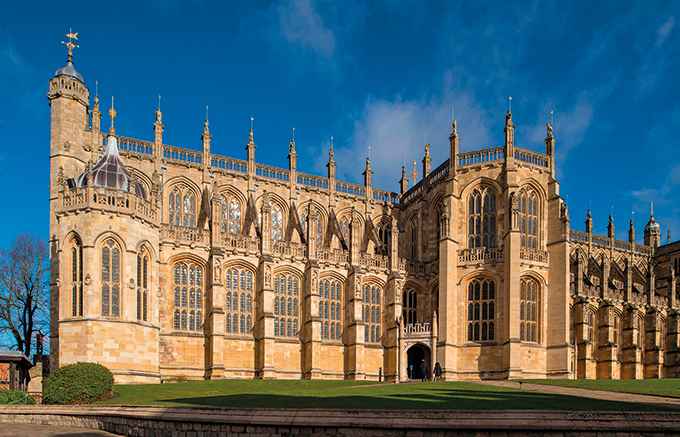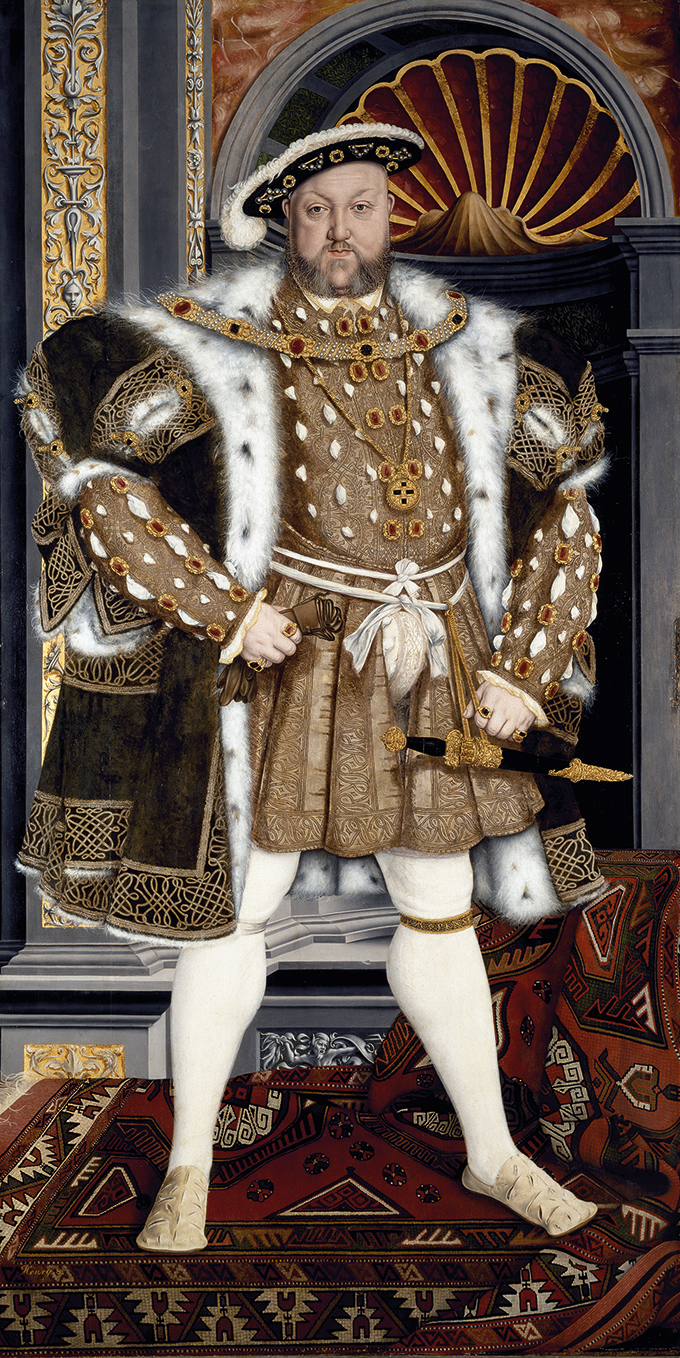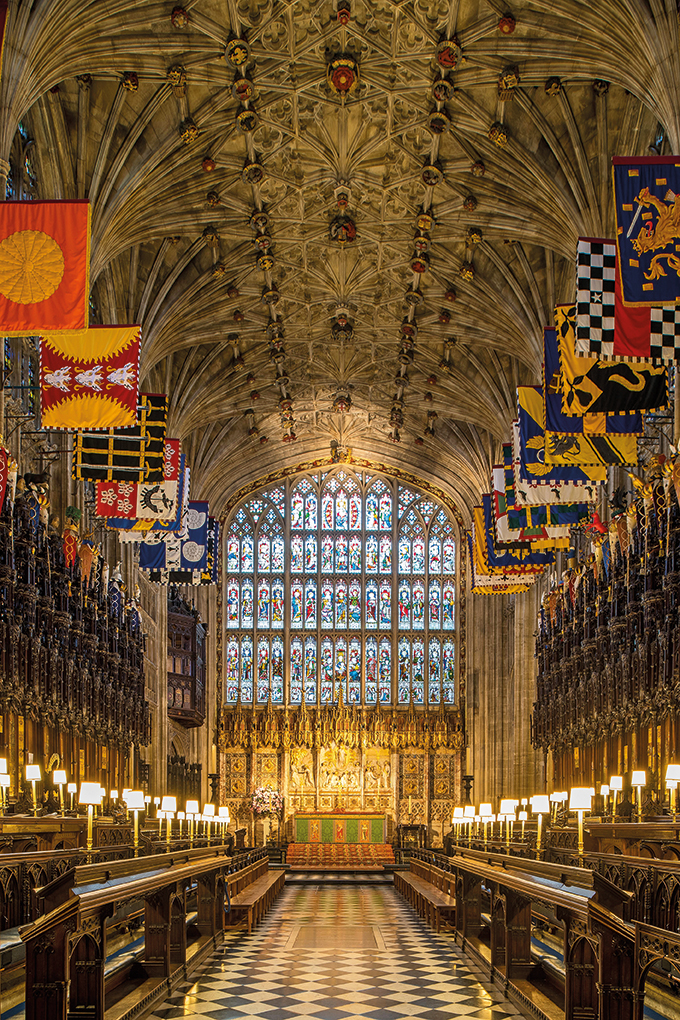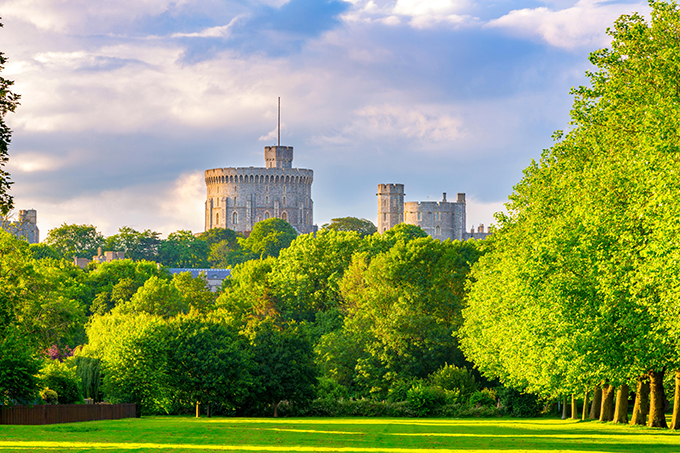How much do you know about the history of the largest inhabited castle in the world?

Though the origins of Windsor Castle go all the way back to 1070 when William the Conqueror ordered the construction of a fortress that could protect London from attack from the west (he chose the location, high on the banks of the River Thames, as it was also close to royal hunting ground), St George’s Chapel was founded in the mid 14th century, by Edward III.
King Edward III was born at Windsor (in his early years he was referred to as Edward of Windsor). Following his father’s disastrous rule, Edward set about instilling some order and transformed the military stronghold into a Gothic palace. The project cost £50,000 – the most spent on a single building by any medieval king – but it wasn’t completed until six years after Edward’s death.
Central to Edward III’s reign was the idea of higher nobility to help govern, and to this end he founded the Order of the Garter – the oldest order of chivalry in the world, in 1348. He chose the Chapel of St Edward the Confessor at Windsor as the spiritual home of the Order, and had the 13th-century building overhauled and rededicated to the Blessed Virgin Mary, St George, and St Edward the Confessor.

The building that we see today, with a chapel of cathedral proportions enclosed by the elegant horseshoe cloisters at one end, is largely the result of a major redevelopment project started in the late 15th century by Edward IV and completed by Henry VIII in 1528.
Indeed, it is for that most famous of Tudor monarchs for which St George’s Chapel is now best known, as it is here, in a vault under the quire, that his remains lie.
Henry had stipulated in his will that he wanted to be buried with Jane Seymour – the only of his wives to give him a legitimate male heir: Edward VI.
The vault was only supposed to be a temporary burial place. Henry had spent decades planning a magnificent tomb, enlisting a number of sculptors to work on a sarcophagus that would be topped with a gilded effigy of the king.
Alas, Henry’s wishes were not met. The treasury during Edward VI’s reign struggled to nd funds to complete the tomb, which had been started before Henry’s death. Though Edward requested the completion of the tomb through his will, his half-sister and successor, Queen Mary I did not execute his wishes. And while Elizabeth at least showed some willing – new plans were prepared during her reign – nothing materialised.
In 1646, the Commonwealth sold off Henry’s effigy, and to add insult to injury King Charles I’s remains were placed in the vault following his execution on 30 January 1649 at Whitehall. One of Queen Anne’s infants was also laid to rest here. Years later, Henry’s sarcophagus was used as the base of Nelson’s tomb in London.
Under the reign of Queen Elizabeth I, major improvements took place at Windsor, including the addition of a long gallery to give the queen a place to exercise in inclement weather, but it fell to King Charles II (who felt compelled to compete with the lavish tastes of King Louis XIV of France) to transform the State Apartments into the most splendid rooms in all of England.
The Baroque style of Charles II remained until King George III decided to give the rooms a neoclassical makeover. George III, and later his son, George IV, also remodelled the exterior of the castle in a Gothic style at a whopping cost of £300,000.
George IV’s restoration of Windsor Castle was so comprehensive that his successors needed to do little. Queen Victoria favoured Windsor as her primary residence and the palace became the focus of the British Empire during her reign.

Today, St George’s Chapel seats 800 guests, and with its fan-vaulted ceiling and ornate stained-glass windows, it’s a beautiful place for a wedding. There are 15th-century carved stalls of the Knights and Ladies of the Garter on each side of the quire.
The chapel is a Royal Peculiar, which means it falls under the direct jurisdiction of the Queen. You can only marry here if you are a knight, live at Windsor Castle, live at the College of St George or are a Royal.






 © 2024
© 2024